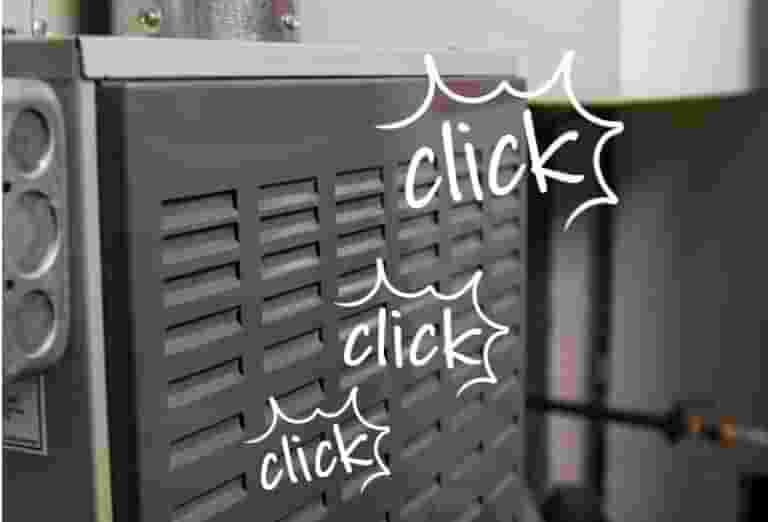According to an AARP survey of respondents aged 55 or older, 88% of those who responded consider it extremely important to have access to services that will enable aging in place in their homes. There is a wide range of adaptations that can make it more convenient and enjoyable to go about your daily routine while aging in place at home, and also greatly reduce the possibility of injuries from falls or other mishaps. The team of Northern Virginia aging-in-place specialists at Mr. Handyman break aging in place modifications into four categories that we focus on. These categories are stability, accessibility, visibility, and safety.
STABILITY
Stability describes improvements that help ensure balance and prevent falls by providing secure places to hold on to while standing and firm, stable seats in locations that don't always have a place to sit, such as the shower. Stability modifications are also very important in those difficult transitions between sitting and standing or vice versa, which is often when falls occur.
Most people like their privacy when they are using the bathroom, for example, but making that transition between standing and sitting on the toilet can be prohibitively difficult for some individuals. By installing a simple home addition such as a raised toilet seat and correctly-positioned grab bars, our Northern Virginia aging-in-place handymen can provide accommodations that make the difference between independently using the toilet and needing assistance.
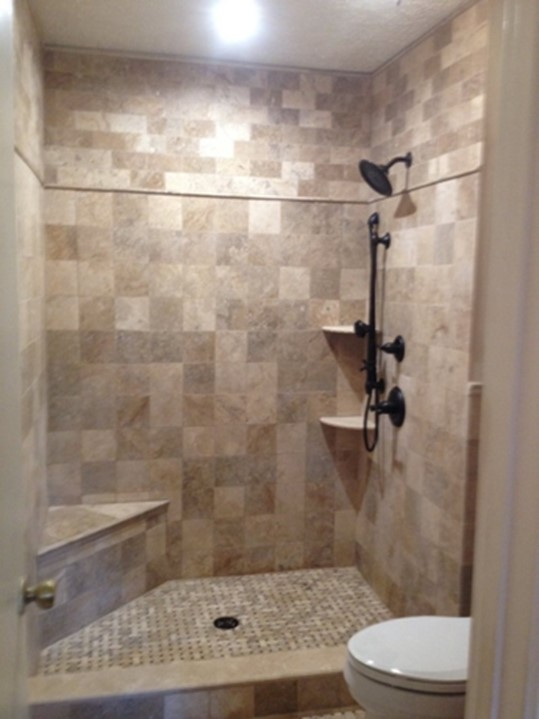
Some of the most common items that assist with improving balance or stability are grab bars, handrails, shower seats, and comfort-height toilets. Adding a second-hand rail on a staircase can make a difference for someone who is experiencing weakness on one side of their body.
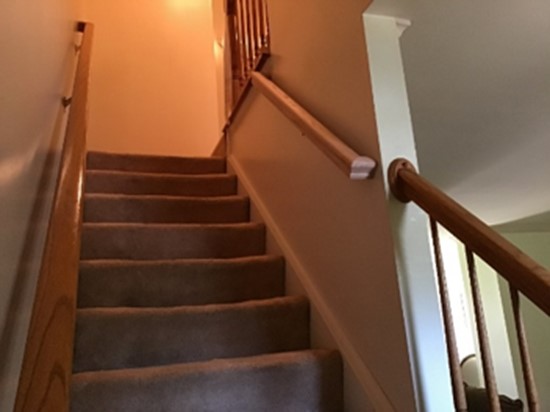
ACCESSIBILITY
Accessibility describes improvements that focus on providing improved ability to access items around the home including cabinets, drawers, doors, tubs, and steps. Adding drawer pulls or door levers in place of knobs can improve the ability to open doors. Installing pull-out shelving can improve the accessibility of items located in the back of the cabinets.
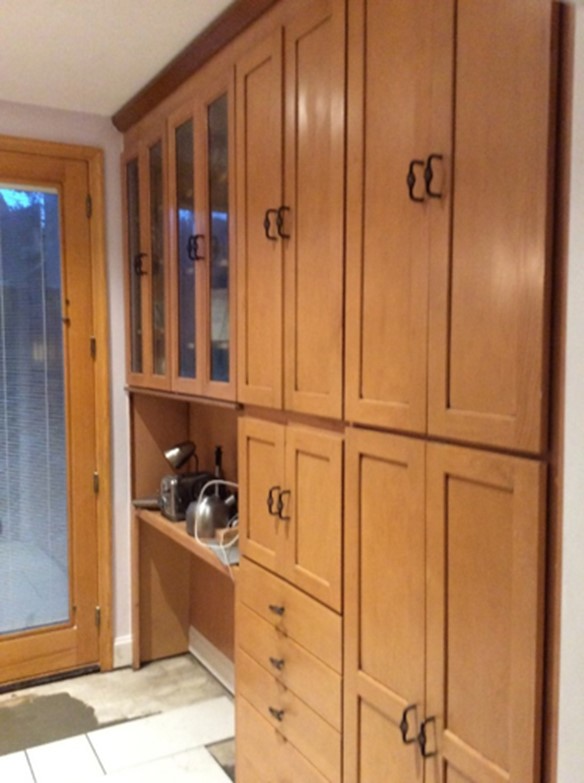
Those who need to use wheelchairs, or can't stand for long periods of time to take care of tasks like meal preparation, can benefit greatly from lowered countertops that have the cabinets removed from underneath, making it possible to get their torso close to the countertop in a seated position so tasks such as chopping and stirring are both easier and safer. Installing a handheld faucet is another way of making things easier to reach.
Stairs can be right up there among the most frustrating and difficult obstacles to get around, especially for wheelchair users, those who struggle with balance, and anyone who is unable to lift their foot high enough to plant it firmly on a stair tread. Ramps are the classic solution for outdoor steps—they make it possible for people with reduced mobility to get in and out of the house on their own, even if it's just for a short stroll in the garden, but they also offer peace of mind that comes with knowing you'll be able to get outside in the event of an emergency such as a house fire.
Inside, assistive technologies such as stair lifts can be added to avoid having to climb stairs, which is a welcome change for people who have been cut off from an entire upper story of their home because they are no longer able to make the journey up and down the staircase safely. Sometimes simply reversing the swing of an existing door or changing the handle from a knob to a lever style that is easier to operate for people who can't grasp a round knob can improve accessibility into a room.
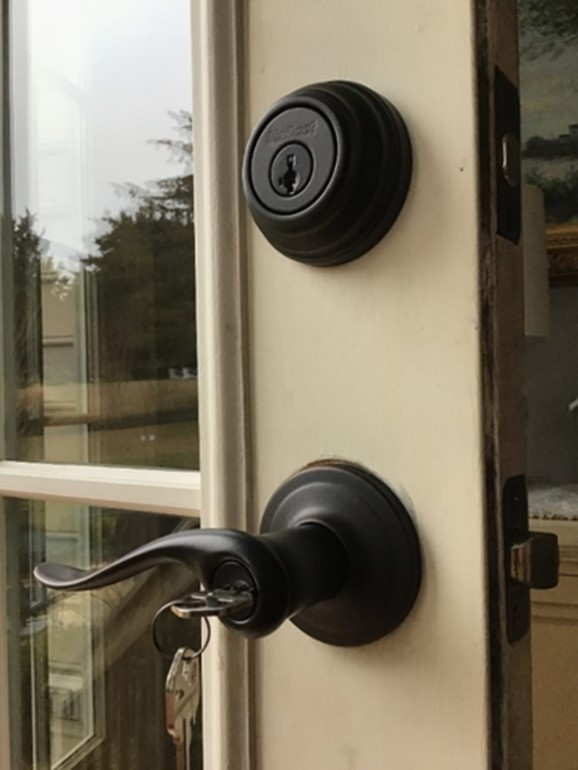
VISIBILITY
Visibility describes improvements made that focus on improving the ability to see. An easy way to assist someone that may be having a challenge with depth perception is to change the color of the risers on the stairs. Also, changing the color of the toilet seat can allow easier detection. Contrasting colors between floors and walls is another way to improve visibility for someone who may be experiencing diminished depth perception.
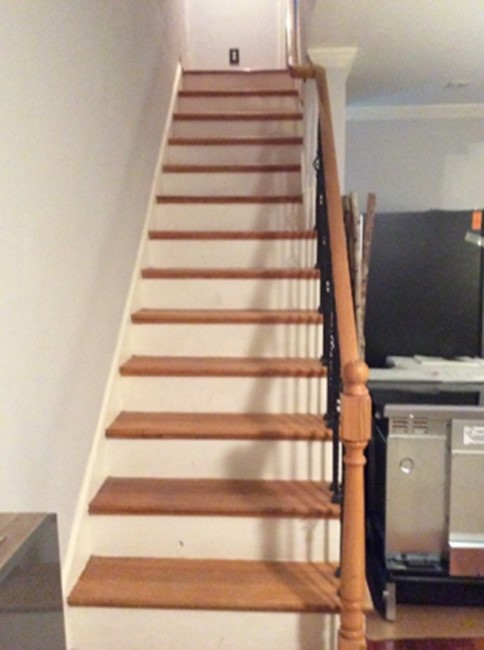
Improving visibility can also mean simply adding additional lights in places where seeing clearly is important for safety. These items can include adding task lighting in kitchens, bathrooms, and stairways. A kitchen countertop is an ideal place to add lights that shine directly on the countertop to make food preparation a lot easier. Hobby areas and transitional areas such as landings, entrances, and hallways are also good candidates for improved lighting that can dramatically increase visibility.

SAFETY
The safety category includes Northern Virginia aging-in-place improvements within the home that focus on ensuring the general safety of a homeowner or their guests. This can include removing throw rugs to avoid a tripping hazard or installing non-skid flooring on the garage floor, walkways, or decks that provide an even, smooth, firm surface that is easier and more comfortable to navigate.
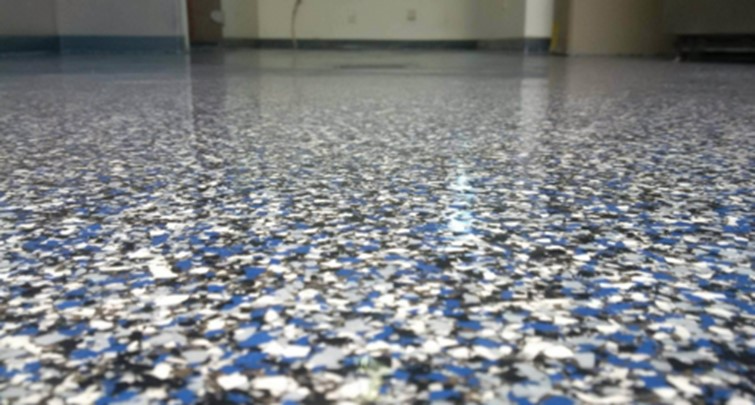
Other Northern Virginia aging-in-place improvements can include adding security lighting or motion-sensing lights. Raising electrical outlets up or lowering light switches can potentially prevent falls. Replacing existing smoke alarms with ones that include strobe lighting and installing anti-scalding valves to faucets are additional features that can protect older adults from harm.
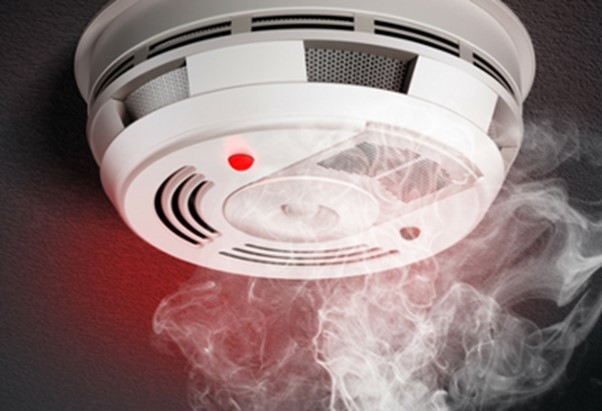
Let Our Northern Virginia Aging in Place Specialists Make Your Home Safer and More Comfortable
If you live in Alexandria, Gainesville, Fairfax Station, or another part of this corner of Northern Virginia, trust the Northern Virginia aging-in-place experts at Mr. Handyman of Northern Virginia – Arlington to Haymarket to provide modifications that will make it safe and comfortable for you to enjoy your golden years in your familiar home.
Give us a call today to find out more about the many ways we can enhance your home and make aging in place a safe choice for your or your loved one's golden years, or to schedule an appointment for an in-person consultation and evaluation.
 Click to call
Click to call


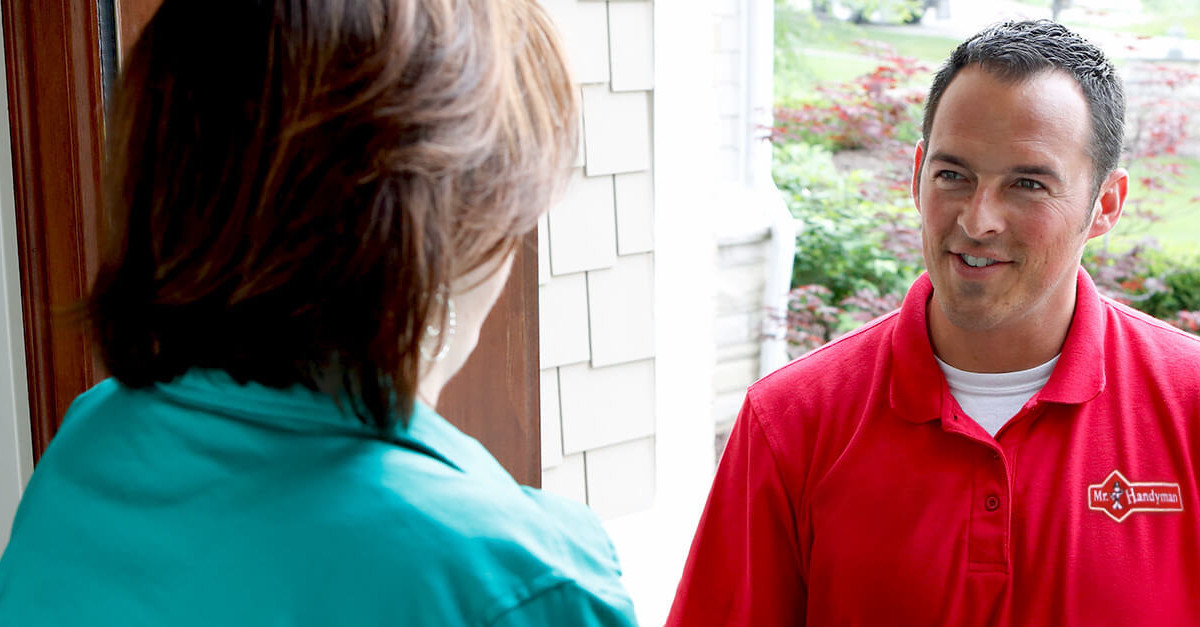
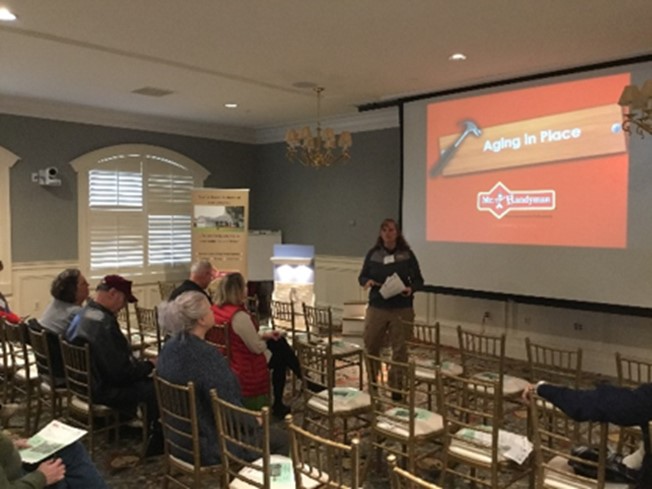








 Click to call
Click to call
